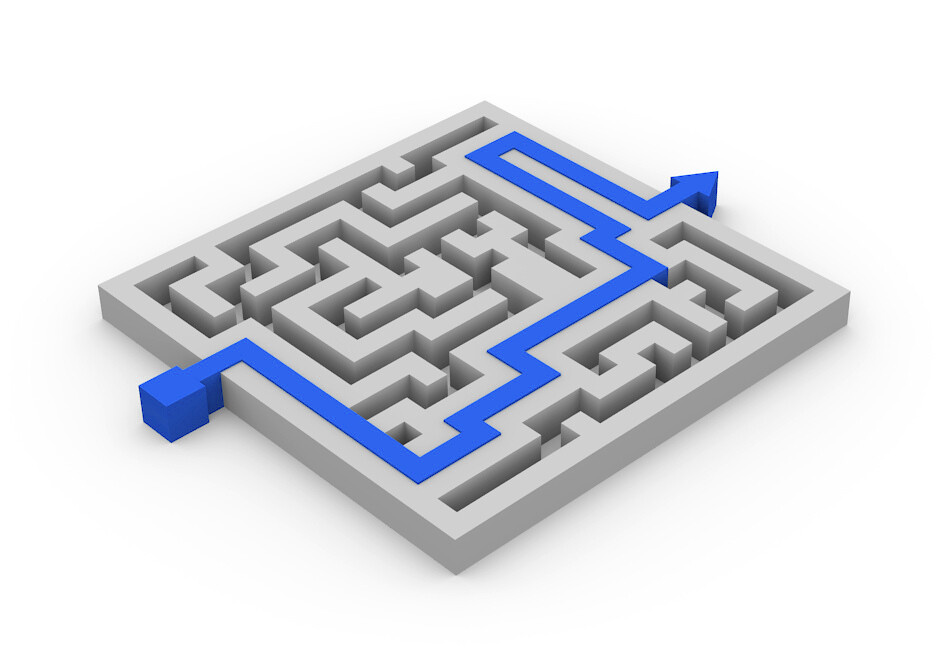This is a general guide for my students with the aim to make them solve my exercises in the most efficient way. Of course, it is also useful for exercises which are solved independent of my training.
1. Content (general)
I am working with a large data base of exercises covering most aspects of tactics, strategy and decision-making. Thus, I am able to address potential deficiencies of my students, which can be deducted from their personal profiles, also taking into account their absolute strength of play.
My exercises deal mostly with strategic subjects, because this generates the biggest possible value. As you know, there are hundreds of books and DVDs on tactics out there with a five digit number of exercises all together. The world doesn’t need me to add further to this inflation. Also, the system of patterns of chess tactics is much simpler than the structure of chess strategy or formal thinking respectively. It is these latter fields, where chess enthusiasts might need help.
Having said this, I would like to stress, that tactics are also represented in my exercises with roughly 33%. This is because of different reasons:
1) Strategic ideas are often executed by tactical means
2) Sometimes, strategic ideas have to be executed by circumventing tactical obstacles
3) In some occasions, a strategic idea is backed up by a tactical motif
4) By mixing tactical and strategic ideas, a game situation is simulated, where you also don’t know exactly whether you should think in strategic or tactical terms.
5) There is a group of tactical exercises, which is not dealt with extensively in literature, even though it is very important. I am talking about those with paradox or counter intuitive solutions. Such situations mostly lead to mistakes in our games, because the correct moves here generally defy conventional rules or contradict the way we as humans perceive (chess) reality. For every teacher it is very important to deal with this topic of typical oversights, because these haunt the player on a regular base. Together with the exercises, my students receive a comprehensive categorization of this subject.
2. Format
Every exercise consists of the question part and the answer part. First, my students receive a small database with all the questions. As a standard (which one can deviate from based on individual ideas), this would be 5 per week. The way how these exercises will be processed depend on individual preference:
a) The solutions will be discussed within a live session. After that session, the student receives the database with the well commented answers (whole games).
b) The student sends the answers to me. I compare them with my personal answers and make notes of potential shortcomings, thus adding more details to their individual profile. These notes, together with the solutions will be sent to the student.
c) Alternatively, students can also receive both, questions and answers right from the start, in order to proceed independently.
3. Time per exercise
My general view would be, that the exercises should take between 15 and 30 minutes time. It could well be, that if you don’t find the solution after 30 minutes, you might not find it at all, so that all additional time would be wasted. But this is really an individual topic. I could also understand everyone who has the ambition to solve the exercise by all means and invests 45 minutes or prefers to jump to the next question, if there shouldn’t pop up an idea after 15 minutes of immersion.

4. Level of difficulty
Every exercise is classified into 5 categories with 5 being the most difficult level.
There are ways for both parties to alleviate the task:
a) Moving the pieces
Category 4 – 5 exercises do require the student to move the pieces. Category 3 is optional most of the time.
If the student wants the task to be more difficult, he might start without moving the pieces and only resort to this procedure if he can’t make progress otherwise.
b) Changing the exercise itself
Since I have pupils of different strength, I can mitigate the exercise either by slightly moving the starting position ahead or by giving additional tips, which would lead to a lower category.
5. Further recommendations
Try to follow clear rituals in order not to leave the right path. Well, we all are only human after all, and cheating oneself is very popular among the human species.
a) Serious environment
I recommend to establish an atmosphere which is similar to a game situation. Use a wooden board instead of a computer and set the clock in motion, with your personal time limit being at 12:00.
This helps you from becoming sloppy. If you solve exercises directly on your computer (from a DVD), the right solution is only a mouse click away. This barrier might be too low for some people.
Also, if you solve the exercise directly from a book, the temptation to browse quickly to the solution part is always there. Hence, it is better to duplicate the position on your board and put the book out of direct reach.
b) Write everything down
Many people solve problems without taking notes. Then they compare their solution with the official one and talk themselves into something like: “Well, yes, basically I got it.” Mostly this means, that they saw the motif, but applied it in a faulty way, by doing the second step first or by overlooking 50% of all relevant variations. In a real game, this sloppy attitude would be lethal, in many cases.
Follow this rule: Only what I wrote down on paper is real. If it isn’t there, it doesn’t exist. That simple. This way you cannot BS yourself into: “Well, but I had the right idea, didn’t I?
c) Be clean and clear in your notes
– Give evaluations at the end of a line.
– Use question marks for bad moves.
– Use a clear structure. The best lines for both parties have to be the mainline i.e. the first tier. Inferior lines belong in brackets or sub-brackets.
– Try to avoid superfluous moves. Stop a line when a clear evaluation is possible or the aim of the exercises is fulfilled.
All this might appear annoying for someone who never “worked chess” before. But be aware, consuming chess might be a pleasure, but it hardly leads to success. Writing everything down like I suggest forces you to make clear evaluations all the time. This will definitively sharpen your senses. Moreover, if you are not able to order your thoughts during training, it will also be difficult during the game, where victory depends on your ability to focus.
d) Allocate yourself points
It is important to reward yourself, even if it is only with something as abstract as a point. Many people need this kind of playful motivation.
Points also give you more of an objective feedback. For instance, if what you wrote down on paper is only 50% of the solution, you earned 0,5 points. Now you can form blocks of exercises. Say, after you solved 20 exercises, you add your points together and come up with a certain percentage at the end. This way, you can compare your results from one block to the next. Over time, you might detect a tendency for the better and get a motivational push.

